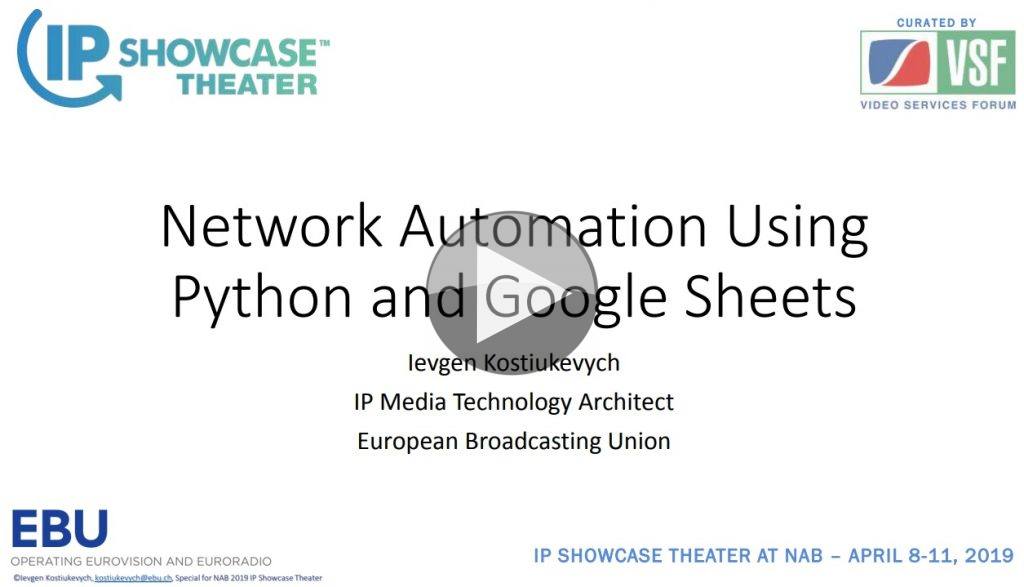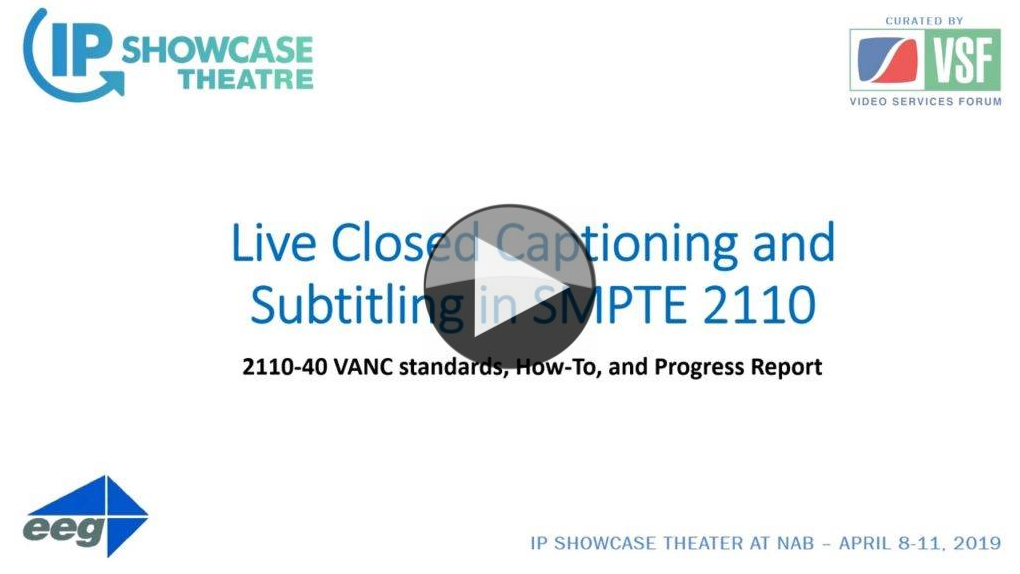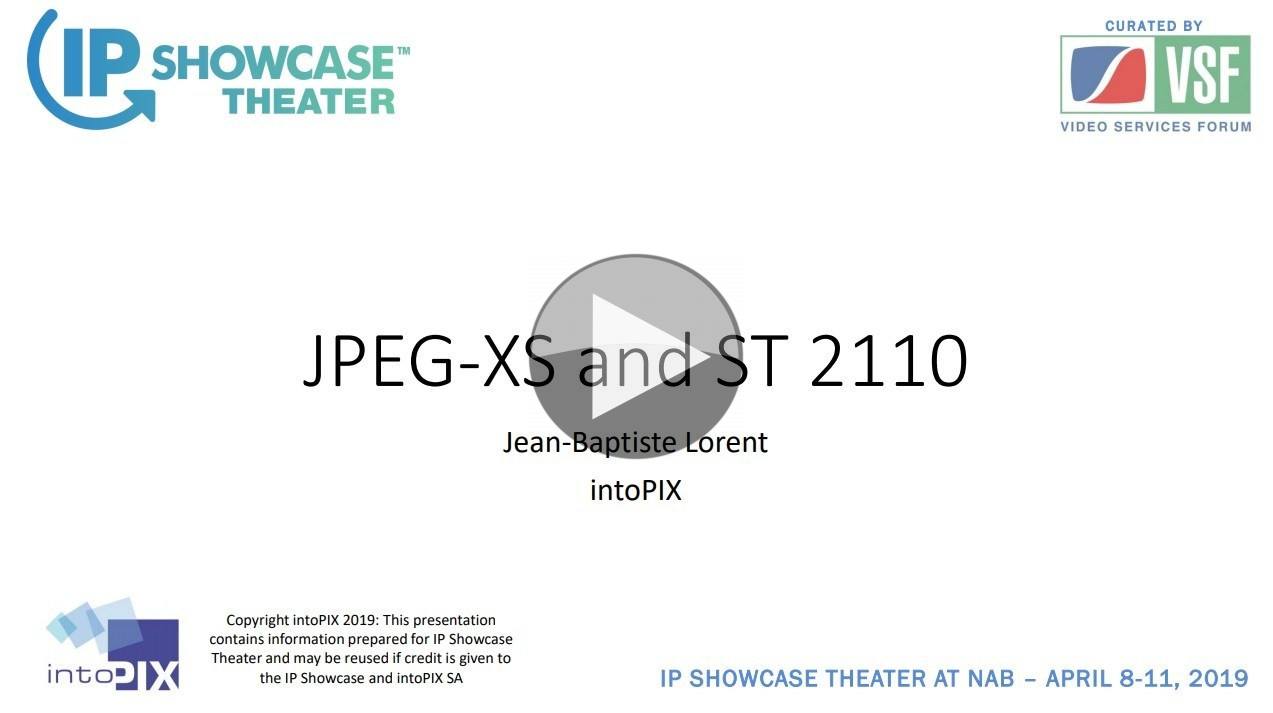“I’m lazy and I’m a master procrastinator.” If you sympathise, learn how to automate network configuration with some code and spreadsheets.
In this video, the EBU’s Ievgen Kostiukevych presents a simple way to automate basic operations on Arista switches working in a SMPTE ST 2110 environment. This is done with a Python script which retrieves parameters stored in Google Sheets and uses Arista’s eAPI to implement changes to the switch.
The Python script was created as a proof of concept for the EBU’s test lab where frequent changes of VLAN configuration on the switches were required. Google Sheets has been selected as a collaborative tool which allows multiple people to modify settings and keep track of changes at the same time. This approach makes repetitive tasks like adding or changing descriptions of the ports easier as well.
Functionality currently supported:
- Creating VLANs and modyfying their descriptions based on the date in a Google Sheets
- Changing access VLANs and interface descriptions for the ports based on the date in a Google Sheets
- Reading interfaces status and the mac address table from the switch and writing the data to the spreadsheet
The script can be downloaded from GitHub.
Speaker
 |
Ievgen Kostiukevych Senior IP Media Technology Architect and Trainer EBU |








